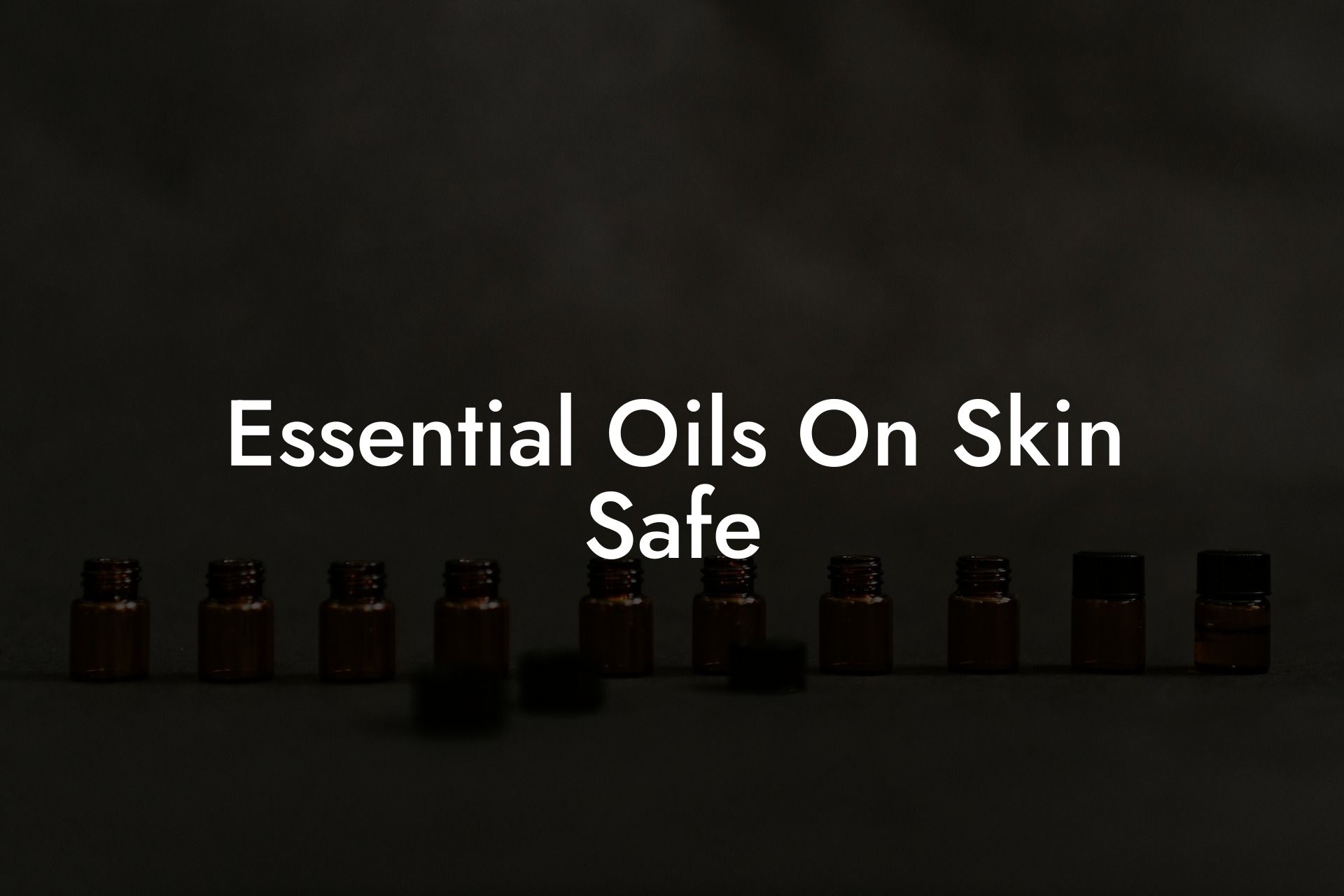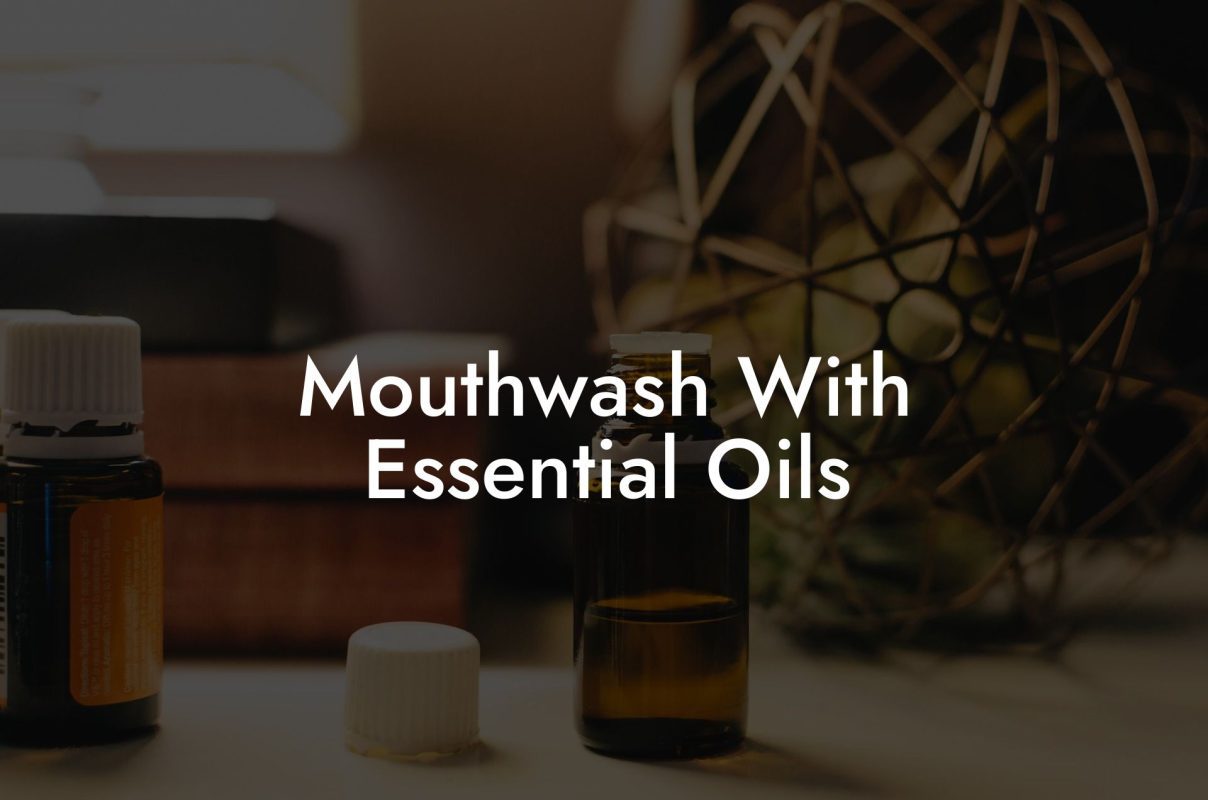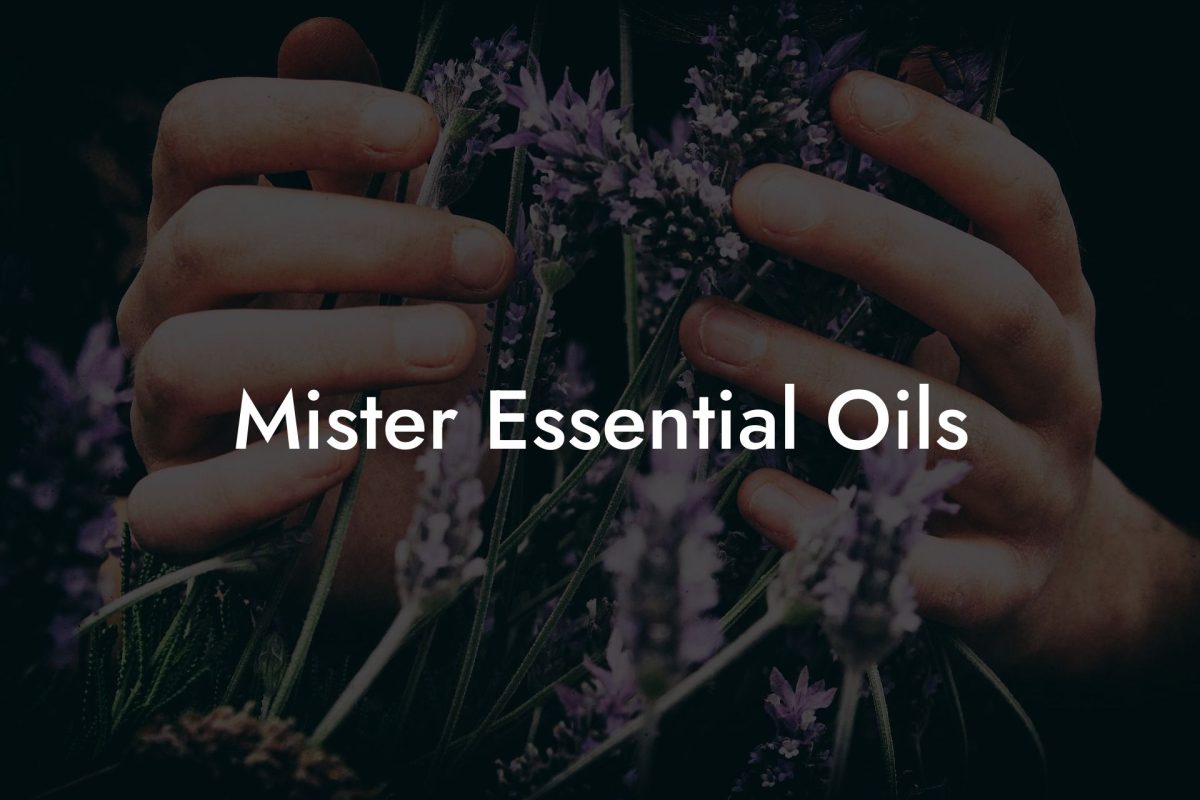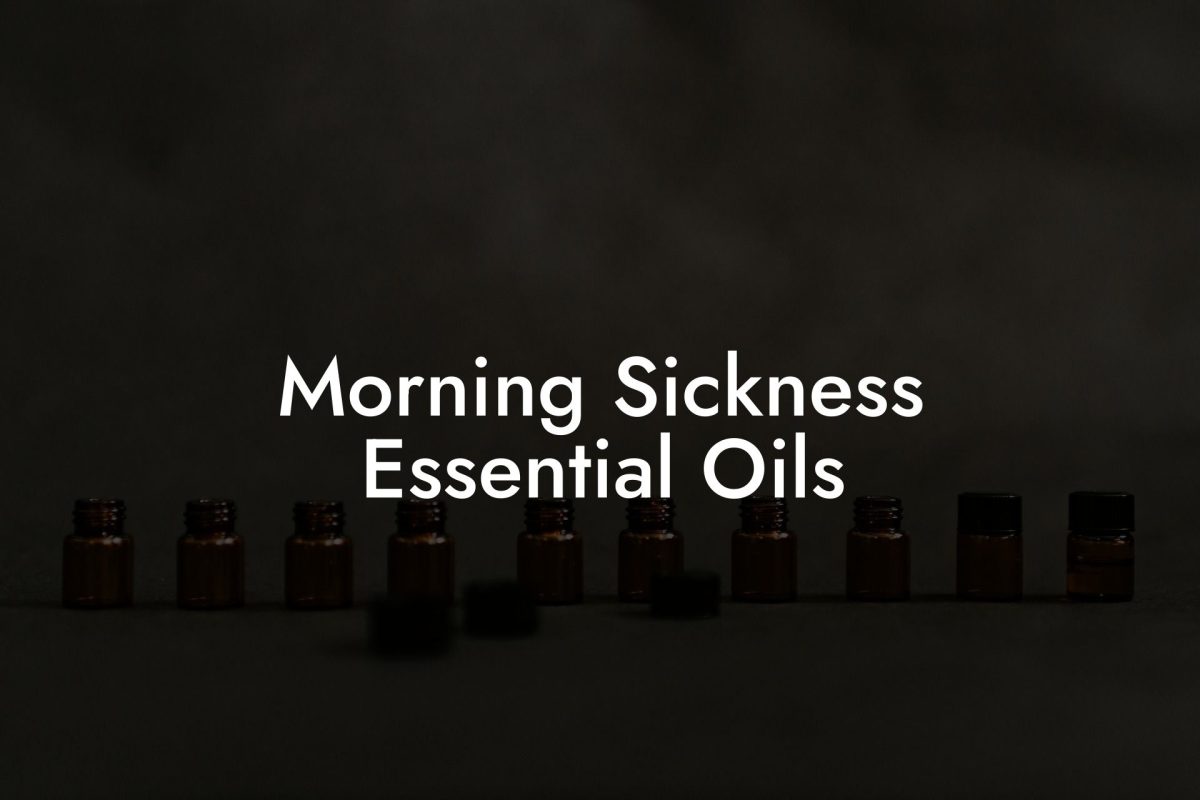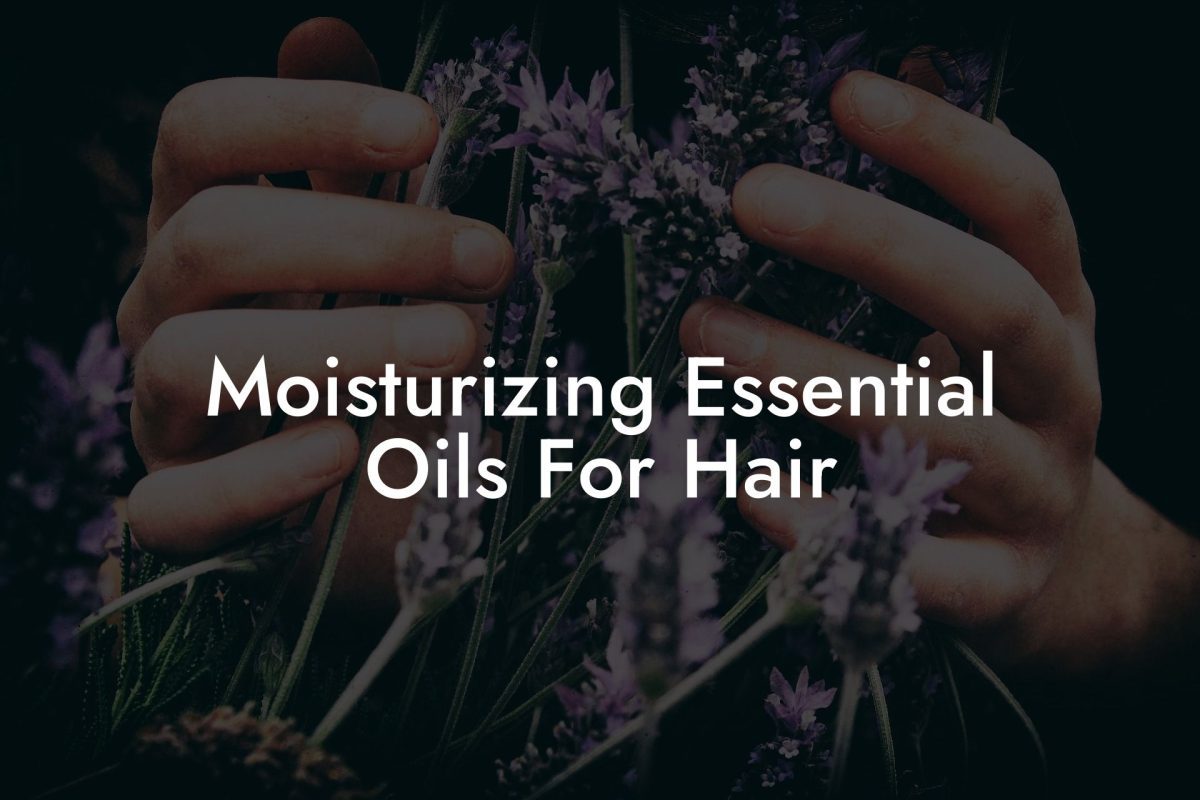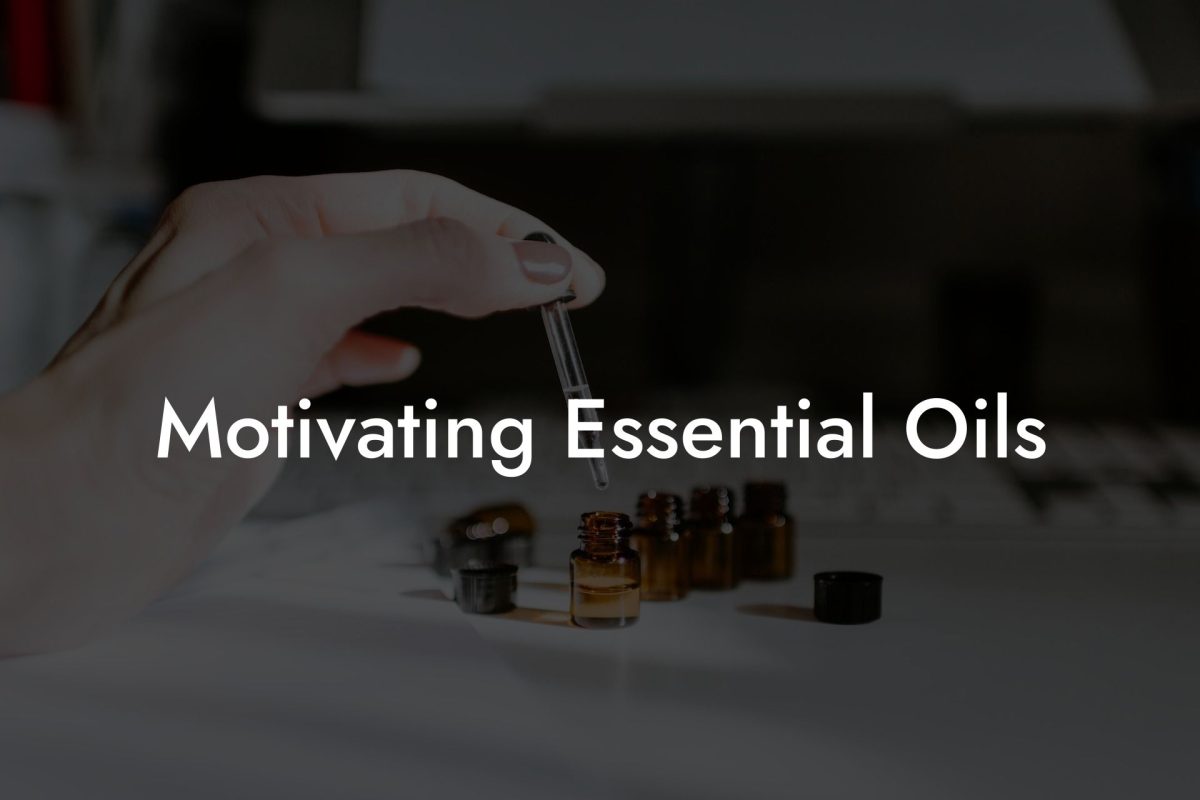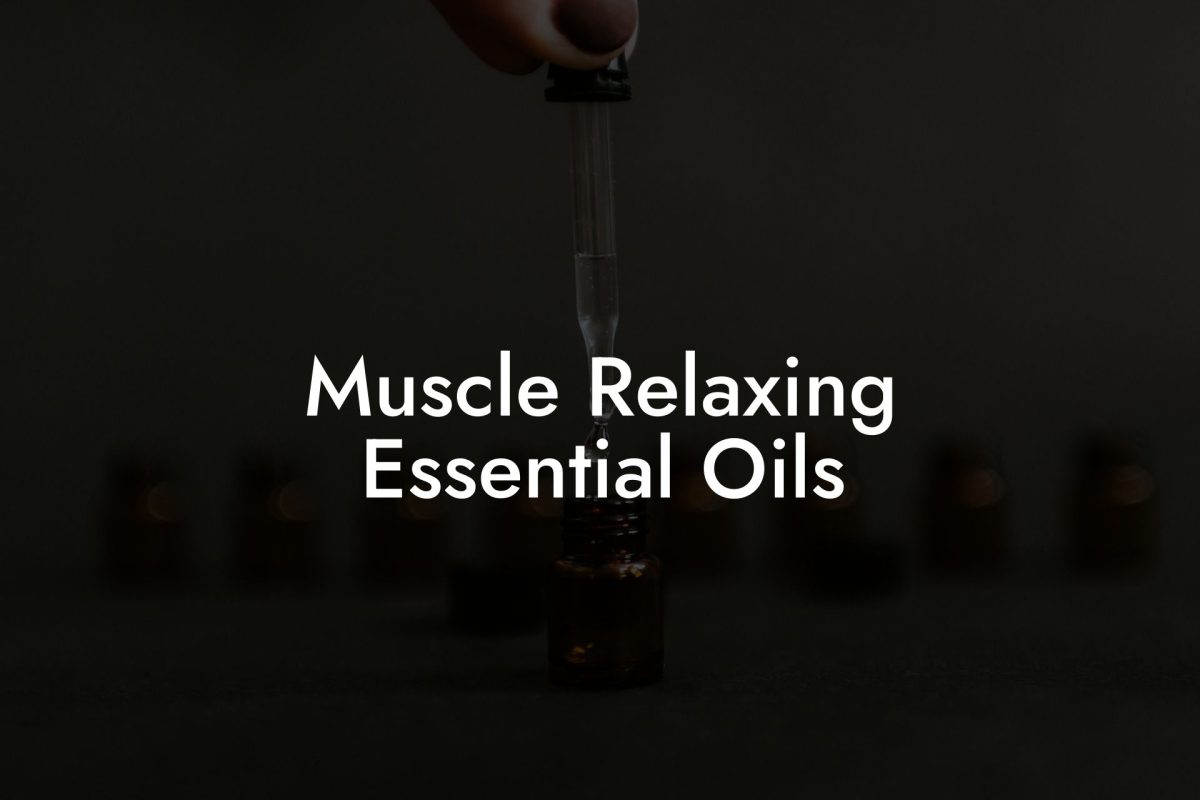Essential oils have gained popularity in recent years due to their numerous benefits, ranging from aromatherapy to skincare. However, as much as these oils offer therapeutic advantages, using them safely on your skin is crucial. In this article, we’ll explore the essential things to know when it comes to using essential oils on the skin and highlight how you can safely integrate them into your daily routine.
Table of Contents
Understand the Concentration and Potency of Essential Oils
Essential oils are highly concentrated and need to be diluted properly before applying to the skin. Dilution is essential to avoid skin irritation, sensitization, and other adverse reactions. Some of the factors that influence dilution include:
- The potency and purity of the oil
- Your skin sensitivity
- The specific use and desired effect
Dilution Guidelines
A general guideline for diluting essential oils is to use 1-2% dilution for most applications or 0.5-1% for children and those with sensitive skin. To achieve the right dilution, mix the essential oil with a carrier oil:
- For 1% dilution, mix 1 drop of essential oil with a teaspoon (5ml) of carrier oil
- For 2% dilution, mix 2 drops of essential oil with a teaspoon (5ml) of carrier oil
It’s essential to note that certain oils, such as cinnamon, oregano, and clove, are more potent and may require a lower dilution rate.
Choose a Suitable Carrier Oil
Carrier oils play a vital role in diluting essential oils and making them safe for use on the skin. These oils also provide additional benefits, such as hydration, nourishment, and skin protection. Some popular carrier oils include:
- Jojoba oil – great for all skin types and closely resembles skin’s natural sebum
- Sweet almond oil – absorbs quickly and is rich in vitamins A, E, and fatty acids
- Coconut oil – contains antimicrobial properties and is well-suited for dry skin
- Argan oil – an excellent choice for aging or damaged skin due to its high antioxidant content
- Grapeseed oil – lightweight and ideal for oily or acne-prone skin
Patch Testing
Before applying essential oils to a large area of your skin, it’s essential to perform a patch test. This helps determine how your skin will react to the diluted oil and avoid potential irritation. Here’s how to do a patch test:
- Dilute your chosen essential oil with a carrier oil as recommended
- Apply a small amount of the diluted oil to the inside of your forearm or behind your ear
- Wait for 24 hours to observe any reaction, which may include redness, itching, or irritation
- If there’s no adverse reaction, the diluted essential oil is likely safe for use on your skin
Remember that individual reactions may vary, and it’s always crucial to err on the side of caution when it comes to safe essential oil usage.
Essential Oils On Skin Safe Example:
Jane recently purchased lavender essential oil from Oshu Oils to help soothe her irritated skin. Before applying it to her face, she follows the proper safety precautions:
- Since lavender oil is potent, she opts for a 1% dilution and mixes 1 drop of the oil with a teaspoon (5ml) of jojoba oil
- Jane then performs a patch test, applying a small amount of the diluted oil behind her ear
- After waiting 24 hours, Jane observes that her skin has not reacted adversely to the oil, so she applies it to the affected areas of her face
- By following these guidelines, Jane safely uses her lavender essential oil on her skin without experiencing any irritation
Now that you have a better understanding of how to use essential oils safely on your skin, it’s time to explore the world of Oshu Oils and incorporate these natural wonders into your daily routine. We invite you to share this article with your friends and family to spread the knowledge. Don’t forget to browse our other guides on essential oils and aromacology, and explore our range of artisan essential earth oils curated for your wellbeing. Happy oiling!

